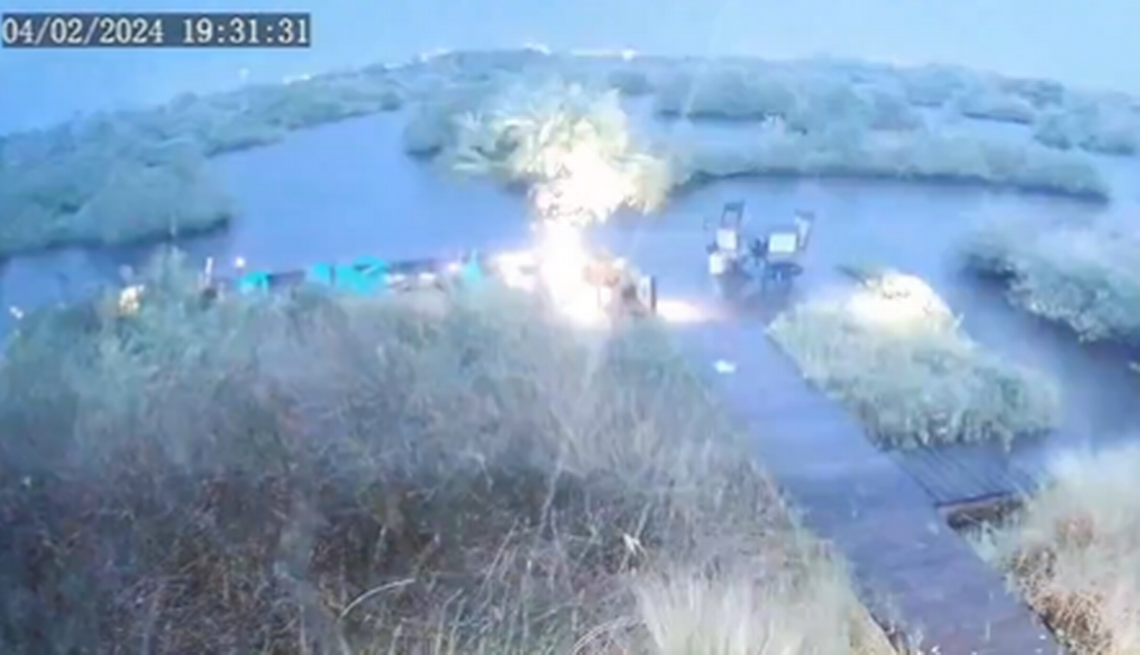911 caller reports flare off Florida coast, cops say — but it was something galactic

When a flash of light crossed the night sky off the east coast of Florida, one person called for help.
A 911 caller reported what they believed to be a distress flare coming from the sea on Feb. 4, the Flagler County Sheriff’s Office told McClatchy News in an email.
Concerned there was a boater who needed help, two crews with the U.S. Coast Guard began searching the area, but found nothing, WOFL reported.
The flash wasn’t a flare at all, and was actually something millions of years in the making — a meteor.
More than a dozen people reported seeing the “fireball” to the American Meteor Society, a group that maintains a database of sightings from outer space.
Others posted videos on X, formerly known as Twitter.
Meteor, Fireball, UFO??? Reported last night over the Florida East Coast as a storm was passing through. #Space #Weather #ufo #Florida pic.twitter.com/dueIcPU1tt
— Matt Hathaway (@MattLHathaway) February 5, 2024
The reports came from up and down the Florida coast, according to the AMS database, ranging from Fernandina Beach to off the coast of the Bahamas.
“It was super bright and disappeared behind storm clouds off the coast of Florida, maybe 5 degrees above the horizon,” the observer from Fernandina Beach wrote.
“We were on a cruise ship, standing on our balcony, when we saw the object heading straight down to the horizon,” another observer said.
A Flagler Beach resident reported the sighting and shared a video taken from their front door with the AMS.
“Very bright tail (at) start then had a green appearance towards the end,” an observer from Daytona Beach wrote.
The American Meteor Society classified the falling celestial matter as a fireball, or a “very bright meteor, generally brighter than magnitude -4, which is about the same magnitude of the planet Venus in the morning or evening sky,” according to its website.
Thousands of fireballs occur every day, the AMS said, but they occur over the ocean or are masked by daylight, and those that happen at night are often so quick that very few people see them.
Fireballs that can be seen at night occur once every 20 hours of meteor observation, AMS said.
“A lot of these are anecdotal; a lot of these are testimonials, you know. Like, ‘Hey, I saw a fireball!’ But do you have any proof? No. So having a camera out there further proves that these things are happening a lot of the time,” Seminole State College planetarium director Derek Demeter told WOFL.
‘Breathtaking’ satellite images show cyclone hurling storms at the West Coast. See them
‘Is that a Snownado?’ Rare snow devil swirls around skiers at Colorado slope. See it
‘Whole new world’ emerges as fierce weather transforms Lake Erie, Ohio photos show
‘Amazing’ sun flare was one of the largest solar radio events ever recorded, NASA says

